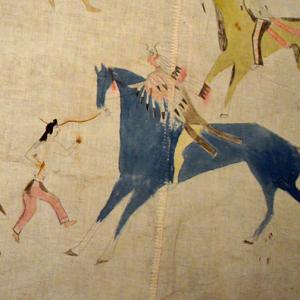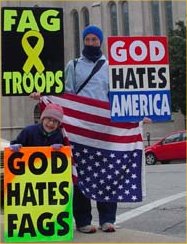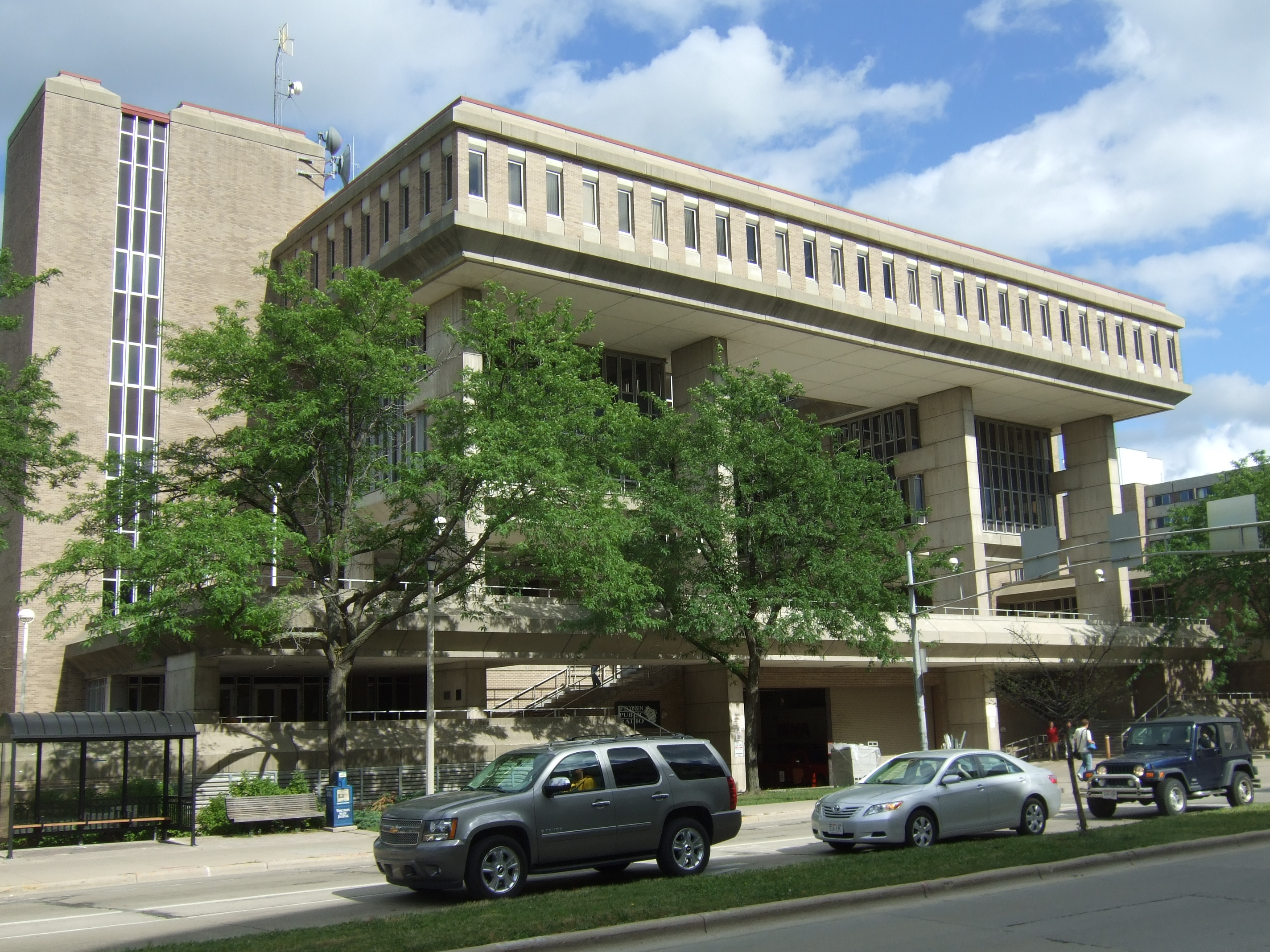|
Winkte
' (also spelled ') is the contraction of an old Lakota word, ', meaning 'wants to be like a woman'. Historically, the ' have in some cases been considered a social category of male-bodied individuals who adopt the clothing, work, and mannerisms that Lakota culture usually considers feminine. However, in contemporary Lakota culture, ' is usually used to refer to a homosexual man, regardless of whether that man is in other ways gender non-conforming. Contemporary ' may or may not consider themselves part of the more mainstream gay, LGBTQ, or pan-Indian two-spirit communities. Historically, sometimes the direction to adopt the social and spiritual aspects of this role has come in a series of dreams. While historical accounts of their status vary, most accounts treated the ' as regular members of the community, and not in any way marginalized for their status. Other accounts held the ' as sacred, occupying a liminal, third-gender Third gender or third sex is an identity ... [...More Info...] [...Related Items...] OR: [Wikipedia] [Google] [Baidu] |
Two-spirit
''Two-spirit'' (also known as ''two spirit'' or occasionally ''twospirited'', or abbreviated as ''2S'' or ''2E'', especially in Canada) is a umbrella term used by some Indigenous North Americans to describe Native people who fulfill a traditional third-gender (or other gender-variant) social role in their communities. Coined in 1990 as a primarily ceremonial term promoting community recognition, in recent years more individuals have taken to self-identifying as two-spirit. Two-spirit, as a term and concept, is neither used nor accepted universally in Native American cultures. Indigenous cultures that have traditional roles for gender-nonconforming people have names in their own Indigenous languages for these people and the roles they fill in their communities. The initial intent in coining the term was to differentiate Indigenous concepts of gender and sexuality from those of non-Native lesbians and gays and to replace the pejorative anthropological terms that were stil ... [...More Info...] [...Related Items...] OR: [Wikipedia] [Google] [Baidu] |
Lakota People
The Lakota (; or ) are a Native Americans in the United States, Native American people. Also known as the Teton Sioux (from ), they are one of the three prominent subcultures of the Sioux people, with the Eastern Dakota (Santee) and Western Dakota (). Their current lands are in North Dakota, North and South Dakota. They speak — the Lakota language, the westernmost of three closely related languages that belong to the Siouan languages, Siouan language family. The seven bands or "sub-tribes" of the Lakota are: * (, Burned Thighs) * ("They Scatter Their Own") * (, Without Bows) * (Hunkpapa, "End Village", Camps at the End of the Camp Circle) * (Miniconjou, "Plant Near Water", Planters by the Water) * ("Blackfeet" or "Blackfoot") * (Two Kettles) Notable Lakota persons include (Sitting Bull) from the , (Touch the Clouds) from the Miniconjou; (Black Elk), (Red Cloud), and (Billy Mills), all ; (Crazy Horse) from the and Miniconjou, and (Spotted Tail) from the ... [...More Info...] [...Related Items...] OR: [Wikipedia] [Google] [Baidu] |
Homophobic
Homophobia encompasses a range of negative attitudes and feelings toward homosexuality or people who identify or are perceived as being lesbian, Gay men, gay or bisexual. It has been defined as contempt, prejudice, aversion, hatred, or antipathy, may be based on irrational fear and may sometimes be attributed to religious beliefs.* * * * * Homophobia is observable in critical and hostile behavior such as discrimination and Violence against LGBTQ people, violence on the basis of sexual orientations that are non-heterosexual. Recognized types of homophobia include ''institutionalized'' homophobia, e.g. religious homophobia and state-sponsored homophobia, and ''internalized'' homophobia, experienced by people who have same-sex attractions, regardless of how they identify. According to 2010 Hate Crimes Statistics released by the FBI National Press Office, 19.3 percent of hate crimes across the United States "were motivated by a sexual orientation bias." Moreover, in a Southern ... [...More Info...] [...Related Items...] OR: [Wikipedia] [Google] [Baidu] |
Lakota Words And Phrases
Lakota may refer to: *Lakota people, a confederation of seven related Native American tribes *Lakota language, the language of the Lakota peoples Place names In the United States: *Lakota, Iowa *Lakota, North Dakota, seat of Nelson County *Lakota Local School District (other), two districts in Ohio In other countries: *Lakota, Ivory Coast, a town in Ivory Coast *Lakota Department, a department in Ivory Coast Other uses *Lakota (club), a Bristol nightclub *Lakota (surname) *Lavolta Lakota, a post-punk band *"Lakota", a song by Joni Mitchell from her 1988 album Chalk Mark in a Rain Storm *UH-72 Lakota, an American military helicopter See also * *Lakota Local School District (other) *Republic of Lakotah, a proposed independent republic within the northern Great Plains of the US {{disambig, geo Language and nationality disambiguation pages ... [...More Info...] [...Related Items...] OR: [Wikipedia] [Google] [Baidu] |
Beatrice Medicine
Beatrice Medicine (August 1, 1923 - December 19, 2005) (Sihasapa and Minneconjou Lakota) ( Lakota name Híŋša Wašté Aglí Wiŋ – "Returns Victorious with a Red Horse Woman") was a scholar, anthropologist, and educator known for her work in the fields of Indigenous languages, cultures, and history. Medicine spent much of her life researching, teaching, and serving Native communities, primarily in the fields of bilingual education, addiction and recovery, mental health, tribal identity, and women's, children's, and LGBT community issues. Early life Medicine was born on the Standing Rock Reservation in Wakpala, South Dakota on the 1st of August, 1923. Education Medicine received her BA in anthropology at South Dakota State University in 1945, and her MA in both Sociology and Anthropology from Michigan State University in 1954. She completed her Ph.D in 1983 at the University of Wisconsin. Career Medicine studied the human behaviors involved in racism and linguistic ... [...More Info...] [...Related Items...] OR: [Wikipedia] [Google] [Baidu] |
Miniconjou
The Miniconjou (Lakota: Mnikowoju, Hokwoju – ‘Plants by the Water’) are a Native American people constituting a subdivision of the Lakota people The Lakota (; or ) are a Native Americans in the United States, Native American people. Also known as the Teton Sioux (from ), they are one of the three prominent subcultures of the Sioux people, with the Eastern Dakota (Santee) and Western D ..., who formerly inhabited an area in western present-day South Dakota from the Black Hills in to the Platte River. The contemporary population lives mostly in west-central South Dakota. Perhaps the most famous Miniconjou chief was Touch the Clouds. Historic Miniconjou thiyóšpaye or bands Together with the Sans Arc (''Itázipčho'', ''Itazipcola'', ''Hazipco'' – ‘Those who hunt without bows’) and Two Kettles (''Oóhe Núŋpa'', ''Oóhenuŋpa'', ''Oohenonpa'' – ‘Two Boiling’ or ‘Two Kettles’) they were often referred to as ''Central Lakota'' and divided into sev ... [...More Info...] [...Related Items...] OR: [Wikipedia] [Google] [Baidu] |
Sihasapa
The Sihásapa or Blackfoot Sioux are a division of the Lakota people, Titonwan, or Teton. ''Sihásapa'' is the Lakota word for "Blackfoot", whereas '' Siksiká'' has the same meaning in the Nitsitapi language, and, together with the '' Kainah'' and the '' Piikani'' forms the ''Nitsitapi Confederacy''. As a result, the Sihásapa have the same English name as the Blackfoot Confederacy (correctly: Nitsitapi Confederacy), and the nations are sometimes confused with one another. The Sihásapa lived in the western Dakotas on the Great Plains, and consequently are among the Plains Indians. Their official residence today is the Standing Rock Reservation in North and South Dakota and the Cheyenne River Reservation in South Dakota, home also to the Itazipco (No Bows), the Minneconjou (People Who Live Near Water) and Oohenumpa (Two Kettle), all bands of the Lakota. Historic Sihásapa thiyóšpaye or Bands In 1880, John Grass provided a list of the bands (tiyóšpaye) of the Si ... [...More Info...] [...Related Items...] OR: [Wikipedia] [Google] [Baidu] |
Wisconsin Public Radio
Wisconsin Public Radio (WPR) is a network of 38 public radio radio station, stations in the state of Wisconsin. WPR's network is divided into two distinct services, the ''WPR News Network'' and the ''WPR Music Network''. History Wisconsin Public Radio has origins that date to 1914. For history prior to the formation of Wisconsin Public Radio, see WHA (AM). The first real steps toward the building of what would become Wisconsin Public Radio began in 1947, with the sign-on of WHA-FM (now WERN) as a sister station to WHA. Between 1948 and 1965, seven more FM stations signed on as part of what was initially dubbed Wisconsin Educational Radio. The network became Wisconsin Public Radio in 1971, when it became a charter member of NPR, National Public Radio. Shortly afterward, the merger of the University of Wisconsin and Wisconsin State University systems into the present-day University of Wisconsin System greatly increased WPR's reach. WPR News WPR News is devoted mostly to NPR ... [...More Info...] [...Related Items...] OR: [Wikipedia] [Google] [Baidu] |
Third Gender
Third gender or third sex is an identity recognizing individuals categorized, either by themselves or by society, as neither a man nor a woman. Many gender systems around the world include three or more genders, deriving the concept either from the traditional, historical recognition of such individuals or from its modern development in the LGBTQ+ community, which can include third gender people as a non-binary identity. The term ''third'' is usually understood to mean "other", though some societies use the concept to encompass fourth and fifthGraham, Sharyn (2001)Sulawesi's fifth gender, Inside Indonesia, April–June 2001. genders. The state of personally identifying as, or being identified by society as, a man, a woman, or other is usually also defined by the individual's gender identity and gender role in the particular culture in which they live. Most cultures use a gender binary, having two genders (boys/men and girls/women).Kevin L. Nadal, ''The SAGE Encyclopedia of Psyc ... [...More Info...] [...Related Items...] OR: [Wikipedia] [Google] [Baidu] |
Lakota Language
Lakota ( ), also referred to as Lakhota, Teton or Teton Sioux, is a Siouan languages, Siouan language spoken by the Lakota people of the Sioux tribes. Lakota is mutually intelligible with the two dialects of the Dakota language, especially Dakota language#Comparison of the dialects, Western Dakota, and is one of the three major variety (linguistics), varieties of the Sioux language. Speakers of the Lakota language make up one of the largest Native American language speech communities in the United States, with approximately 2,000 speakers, who live mostly in the northern plains states of North Dakota and South Dakota. Many communities have immersion programs for both children and adults. Like many indigenous languages, the Lakota language did not have a written form traditionally. However, efforts to develop a written form of Lakota began, primarily through the work of Christian missionaries and linguists, in the late 19th and early 20th centuries. The orthography has since evol ... [...More Info...] [...Related Items...] OR: [Wikipedia] [Google] [Baidu] |
Liminality
In anthropology, liminality () is the quality of ambiguity or disorientation that occurs in the middle stage of a rite of passage, when participants no longer hold their pre-ritual status but have not yet begun the transition to the status they will hold when the rite is complete. During a rite's liminal stage, participants "stand at the threshold" between their previous way of structuring their identity, time, or community, and a new way (which completing the rite establishes). The concept of liminality was first developed in the early twentieth century by folklorist Arnold van Gennep and later taken up by Victor Turner. More recently, usage of the term has broadened to describe political and cultural change as well as rites. During liminal periods of all kinds, social hierarchies may be reversed or temporarily dissolved, continuity of tradition may become uncertain, and future outcomes once taken for granted may be thrown into doubt. The dissolution of order during liminality ... [...More Info...] [...Related Items...] OR: [Wikipedia] [Google] [Baidu] |



